Masayuki Sugawara, an executive research engineer at NHK’s public broadcaster NHK, says 8K is the ultimate technology and there will be no technology beyond it. Does this statement fly? What technical obstacles to achieve 8K resolution in the end, why after the upgrade becomes meaningless? We have to look at this issue from two perspectives. The first is whether the 8K resolution path is difficult to overcome in the end. Second is the only way to optimize the display resolution.
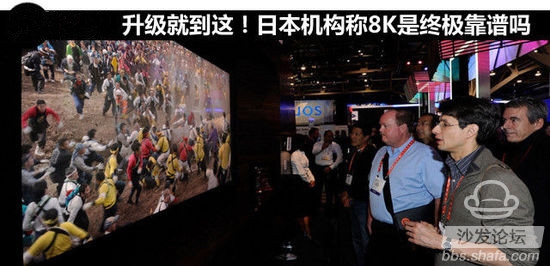
Upgrade to this! Japanese agencies said 8K is the ultimate fly?
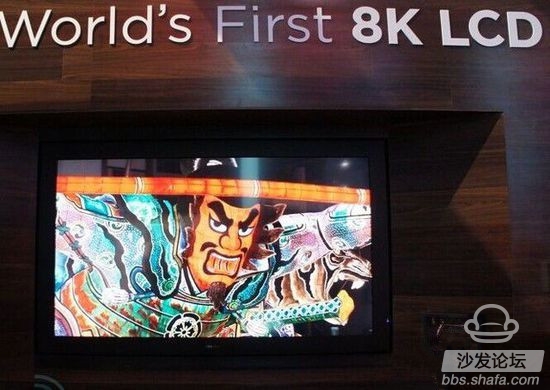
8K resolution data is very large
As for the devices on the playback end, the current 4K devices are more abundant. Whether it is a TV, a projector, or a monitor, 4K devices are not hard to find. It can be said that the high-resolution support of the player is the best in terms of the above links. Link. However, when it comes to 8K devices, there are few mature products. The transmission and production difficulties are even more difficult for the 8K industry because the 8K video data volume is even greater.
However, it is worth noting that the storage and transmission technologies are still in development. Although the use of graphene and other materials in the future is likely to make great strides in storage technology, I think these obstacles are all variables and cannot be changed. Therefore, judging from the current technical limitations to determine the future 8K is the ultimate technology, obviously not reasonable.
The challenge of resolution itself
Increased resolution itself also faces technical obstacles. The emergence of 8K resolution equipment has two major pressures. The first is cost pressure. 8K devices must be used on large-sized devices. The cost of such devices, whether they are projectors or LCD screens, is not cheap. Therefore, it is not possible to use them in the consumer-grade field. The current development direction is in the commercial field.
In addition, the key to improving the resolution is the optimization of the driver. To drive such a large number of pixels, the circuit needs to be made small enough. But the ability of the circuit itself cannot be reduced. Therefore, high mobility carrier materials are required, so the industry has LTPS and IGZO-driven LCD screens. The emergence of these two types of driving materials has led to the emergence of high-resolution screens. The original amorphous silicon drive volume is too large, if the high resolution is achieved, the screen light transmittance is very low.
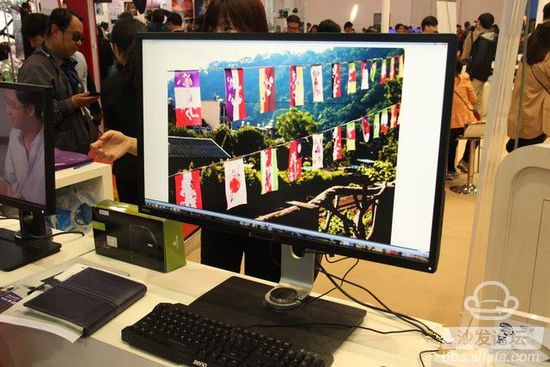
The key to improving resolution is to drive
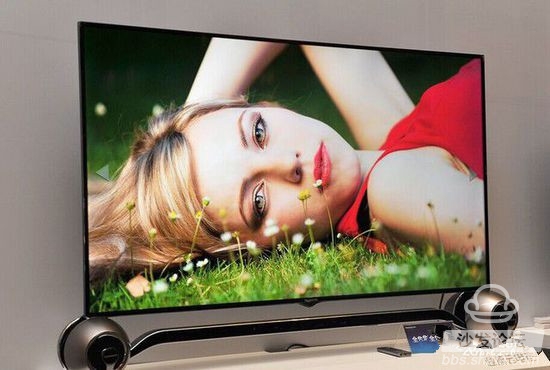
Realizing 8K resolution requires optimization of amorphous silicon driving
Quantification of resolution development
The limit of the human eye is the constant amount. Once Apple proposed the concept of the retina, pointing out that under a certain size and distance, after the density of the PPI reaches a certain level, the human eye cannot distinguish the continued PPI upgrade. Although it turns out that Apple's concept of the retina is low on the concept (after many mobile phones have PPI higher than this value, the human eye can distinguish), but there is no doubt that this idea is right, on the 5-inch screen The difference in resolution between 2K and 4K is not obvious.
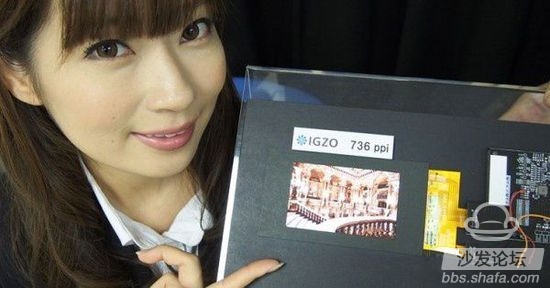
High ppi can reach the resolution limit of the eye
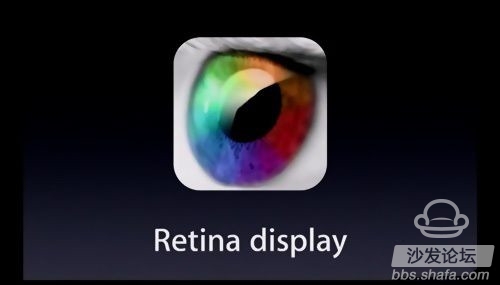
The direction of the concept of retina is correct
There will be changes in the development angle
The author believes that 8K is the ultimate and critical mistake, that is, resolution is not the only direction of display development. Compared with the development of resolution, the advancement of color and stereoscopic images, interactive technologies, the development of head-mounted displays, etc., may exceed the shock of 8K resolution. There have been many other areas of this technological change. For example, in the era of feature-phones, the resistance to falling and the battery life of mobile phones were the key indicators. In the end, the most anti-fall mobile phone became the king?
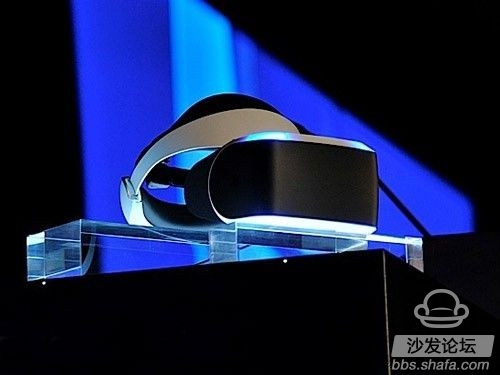
Headset display does not emphasize the advantages of resolution

The development of color is also a direction
This content is copyrighted exclusively by SofaNet. Welcome manufacturers to further exchanges and cooperation with us to create more in-depth product reports.

Smart TV box recommended to install sofa butler, download address: http://app.shafa.com/
Sofa Net is an Internet technology company specializing in smart TVs and boxes. It owns popular products such as sofa butlers, sofa tables, and sofa forums. It has been committed to providing high quality application resources for smart TV and TV box users and active community exchanges. And authoritative evaluation of smart TV products.
Active Linear Array Loudspeaker
Line Array Sound System,Line Array Speaker System,Line Array Loudspeaker System,Active Linear Array Loudspeaker
The ASI Audio Technology Co., Ltd , https://www.asi-sound.com